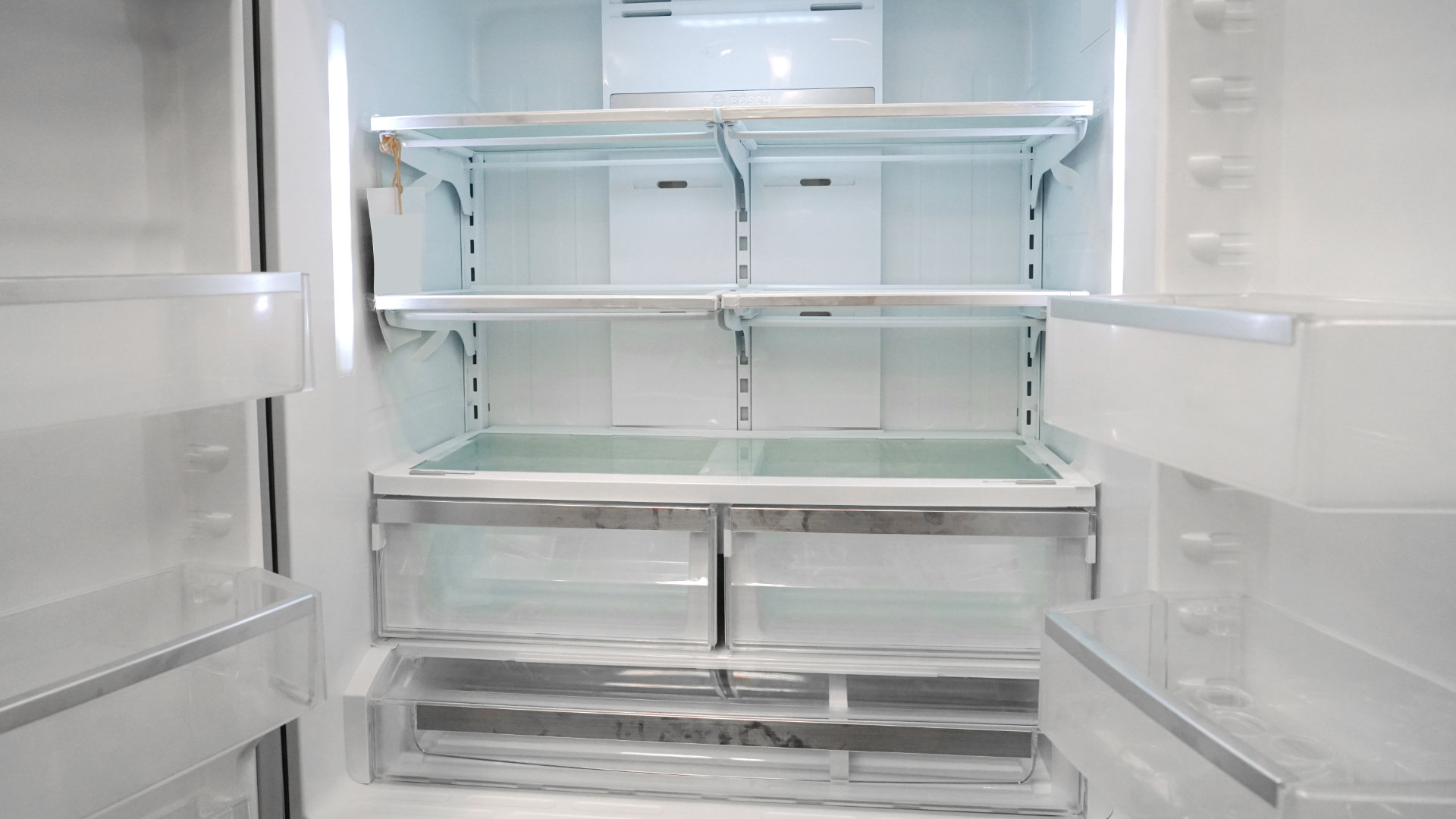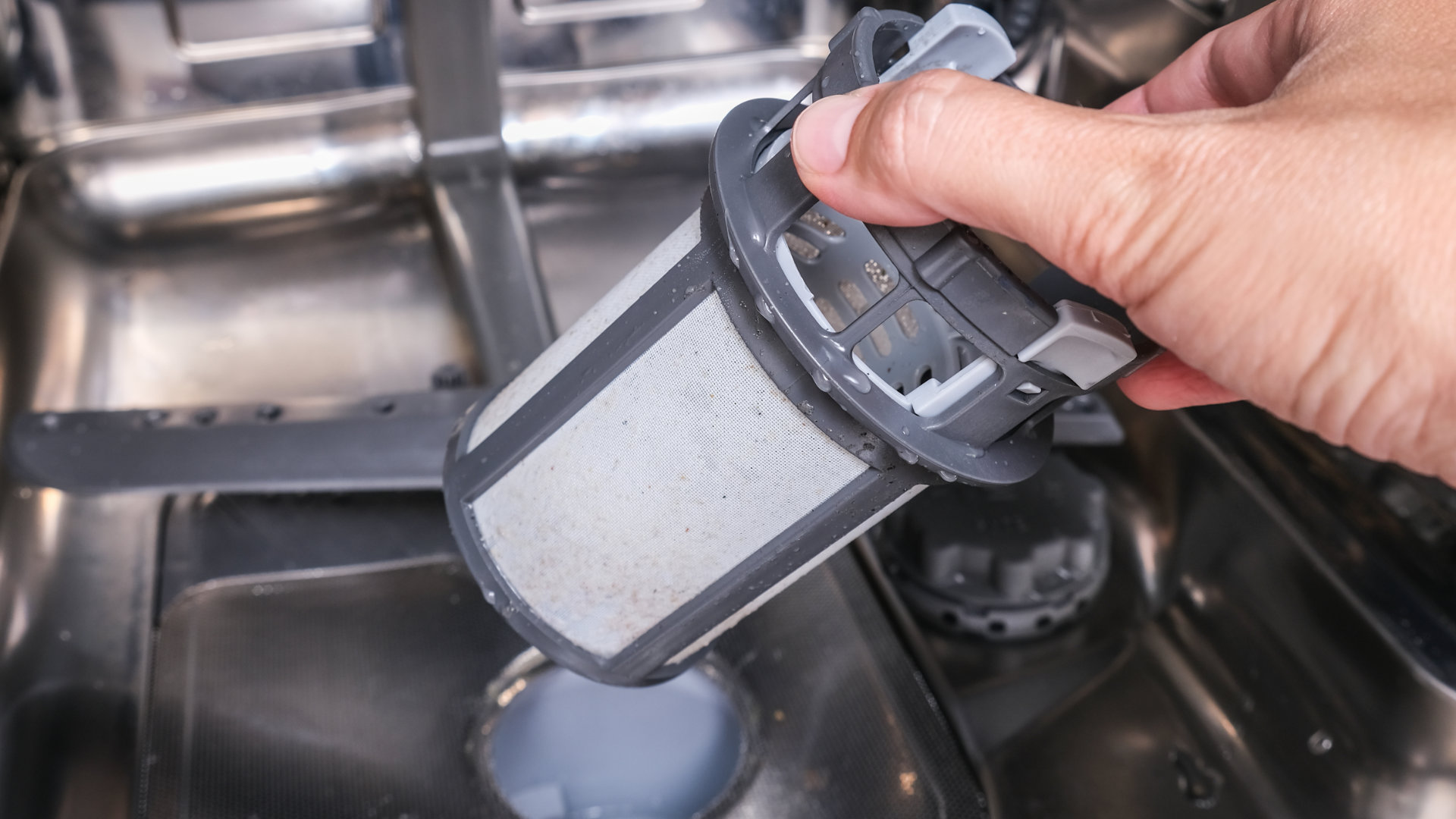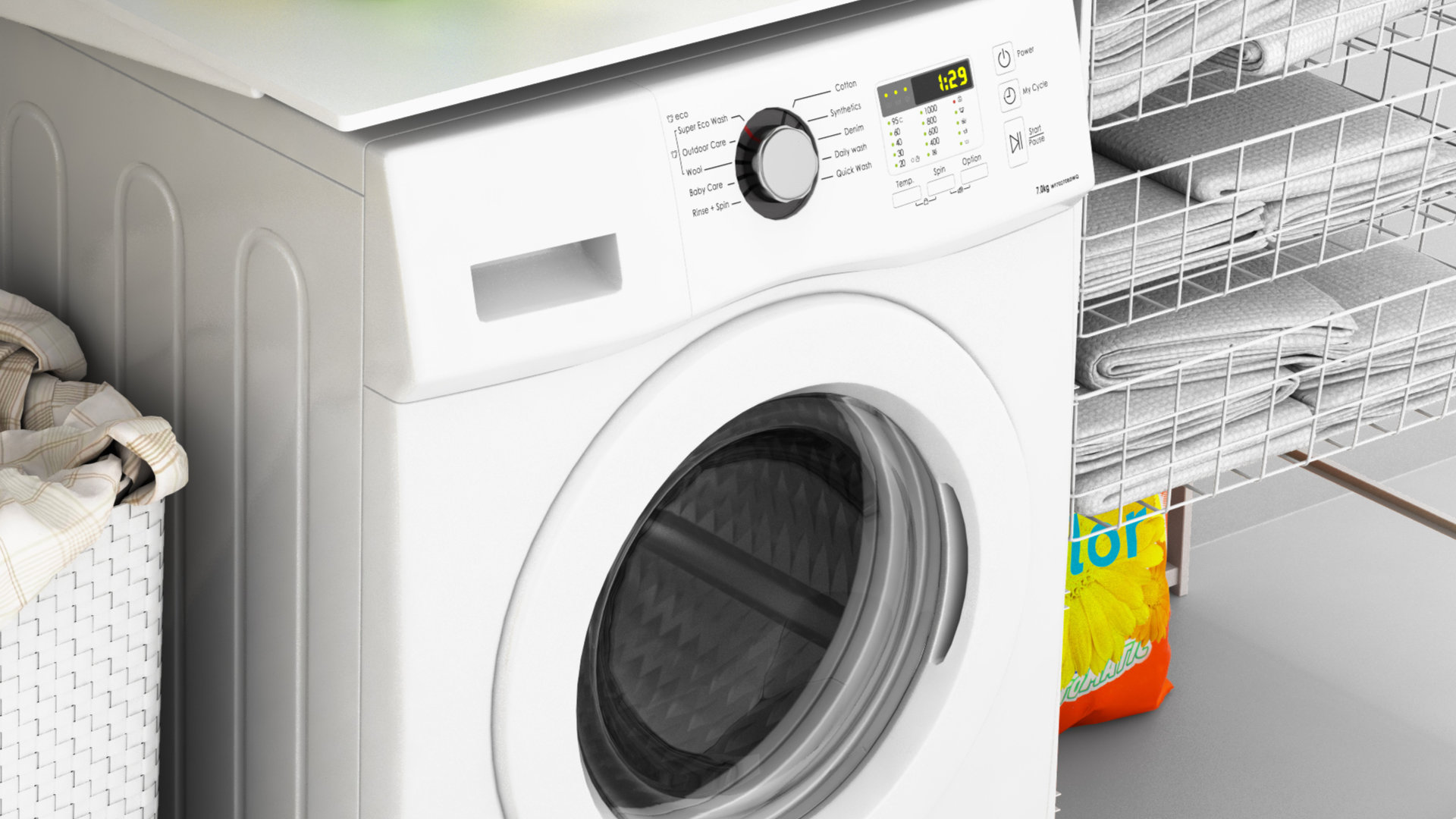
LG makes some of the best refrigerators on the market, but sometimes they can break down. One of the most common problems people have with their refrigerators is when they won’t cool properly.
This is incredibly annoying, especially since the main job of a refrigerator is to keep your food and drinks cold!
Fortunately, it could be caused by something quite simple to fix.
This guide covers the following LG refrigerator models:
LFX21976ST
LFX25950SB
LFX25950SW
LFX25950TT
LFX25976ST
LFX25991ST
LFX28978SB
LFX28978SW
LFX28979ST
LFX31925ST
LFX31935ST
LFX31945ST
LMX25984SW
LMX25986ST
LMX28988SB
LMX28988ST
LMX28988SW
LRDC22743ST
LRDC22744ST
LRSC26980SB
LSFS213ST
Dirty Condenser Coils
The first possible cause of your LG refrigerator not cooling is dirty condenser coils. The condenser coils help to keep the fridge cool by cooling the warm air underneath the fridge. When they get dirty, they won’t do their job correctly.
To check the condenser coils:
- Unplug your refrigerator.
- Locate the condenser coils. You can find the condenser coils underneath the fridge.
- Check if the condenser coils are dirty.
- If they are dirty, give them a good clean and then plug your refrigerator back in.
- Over the next 6 hours, check if your refrigerator is now cooling down properly. If not, move on to checking the next component.
Condenser Fan Motor
The next part to check is the condenser fan motor. This component helps draw air over the condenser coil and the compressor. If it stops working as it should, the refrigerator will not be able to stay cool.
To check the motor:
- Make sure that the refrigerator is turned off.
- Locate the condenser fan motor.
- Once located, the first thing you should do is make sure that the fan blade is not obstructed in any way.
- The next thing to do is try turning the blade around manually. If you can’t move it around easily, then this means it is defective and the condenser fan should be replaced.
- If the fan can move around freely, then you need to check the fan motor with a multimeter. If the motor has continuity, it is working fine, and you can move on to checking the next part. However, if the test shows no continuity, this means it is defective and needs to be replaced.
Evaporator Fan Motor
The purpose of the evaporator fan motor is to circulate air over the evaporator coils and then into the refrigerator and freezer compartments. When it stops working correctly, the refrigerator is unable to cool down properly.
To check the fan motor:
- Make sure the refrigerator is still turned off.
- Locate the evaporator fan motor. It is in the freezer compartment.
- Check if the fan is overly noisy when operating, and if so, this is a good sign that it should be replaced.
- If it is not noisy, the next thing to do is attempt to turn the fan blade around manually; if you are unable to, then the evaporator fan motor needs to be replaced.
- If you can turn the blade around, then check the motor with the multimeter. If the test shows it has continuity, this means it is working correctly and not the cause of the problem. If the test shows it doesn’t have continuity, you need to replace the motor.
Start Relay
The next possible cause to investigate is a faulty start relay. The purpose of the start relay is to work with the start winding to start the compressor up. When it is faulty, the compressor is unable to start up.
To check the start relay:
- Make sure that the refrigerator is still turned off.
- Locate the start relay and then use a multimeter to test it for continuity (you need to test it between the run and start terminal sockets).
- If it doesn’t have continuity, it needs to be replaced. If it does have continuity, it’s not the cause of the problem, and you can move on to checking the temperature control thermostat.
Temperature Control Thermostat
This component sends voltage to the refrigerator’s compressor, the evaporator fan motor, and the condenser fan motor. If it becomes faulty, your refrigerator won’t run correctly.
To check the thermostat:
- Make sure the refrigerator is still turned off.
- Locate the temperature control thermostat.
- Once located, try to rotate the thermostat around from its lowest setting to its highest setting. Make sure you can hear a click sound when you turn it around. If you hear the click sound, this means it is working correctly, and you can move on to checking the next component.
- If you can’t hear a click, use the multimeter to check the thermostat for continuity.
- If the test shows continuity, it is working correctly and not the source of the problem. However, if it has no continuity, the thermostat will need to be replaced.
Start Capacitor
Another possible cause of your refrigerator not cooling is a faulty start capacitor. This component helps the compressor start up by sending a boost of power to it.
To check the start capacitor:
- Make sure the refrigerator is still turned off.
- Locate the start capacitor and then test it with a multimeter.
- If it has continuity, it is working correctly, and if not, it needs to be replaced.
Thermistor
The next component to inspect is the thermistor. The thermistor is what monitors the temperature in your fridge and then sends the temperature readings to the main control board. When it becomes faulty, it will send incorrect readings, and thus your refrigerator won’t cool down to the correct temperature.
To check the thermistor:
- Make sure that the refrigerator is still turned off.
- Locate the thermistor and then use the multimeter to test it.
- If the test shows that the thermistor resistance does not change or that it doesn’t have continuity, it will need to be replaced. If it passes the multimeter test, it is working fine, and you can check the next component.
Compressor
The role of the compressor is to compress the refrigerant and circulate it through the evaporator and condenser coils. When the compressor stops working, your refrigerator will not be able to cool correctly.
The compressor doesn’t break down very often, but if you’ve tested all of the other components above, you should then test the compressor:
- Make sure the refrigerator is still turned off.
- Locate the compressor and then use the multimeter to test it for continuity (you need to test between the electrical pins that you can find on the side of the compressor).
- If you discover an open circuit while testing it, replace the compressor. Don’t attempt this repair unless you are qualified to do so.
Replace the Temperature Control Board
If you still haven’t found the cause of the problem, you can replace the temperature control board. This component is very rarely the cause of the problem, but if you’ve tried everything else, consider replacing the control board. Once replaced, check if the problem has been solved.
Replace the Main Control Board
Your final option is to replace the main control board. A faulty main control board is very rarely the cause of a refrigerator not cooling properly, but it can happen. If you’ve tried everything else, consider replacing the main control board. However, you might be better off simply purchasing a brand-new refrigerator.

How to Reset a Whirlpool Refrigerator Ice Maker

6 Reasons Your LG Refrigerator Is Not Making Ice

Kenmore Fridge Ice Maker Not Working? 5 Ways to Fix It

How to Remove Fish Smell from Your Refrigerator

How To Fix Bosch Dishwasher E24 Error

Troubleshooting a Whirlpool Dishwasher Not Draining

Why Is Your Fridge Water Not Working, but Ice Is?

How to Fix the E15 Bosch Dishwasher Error Code

How Much Power Does a Microwave Use?

How to Properly Clean Refrigerator Coils

How to Fix an LG Washer Showing OE Error Code

Troubleshooting a GE Dishwasher with No Power and No Lights

10 Reasons Why Your Bosch Dishwasher Won’t Start

Troubleshooting the F5 Error Code with a Maytag Washer


